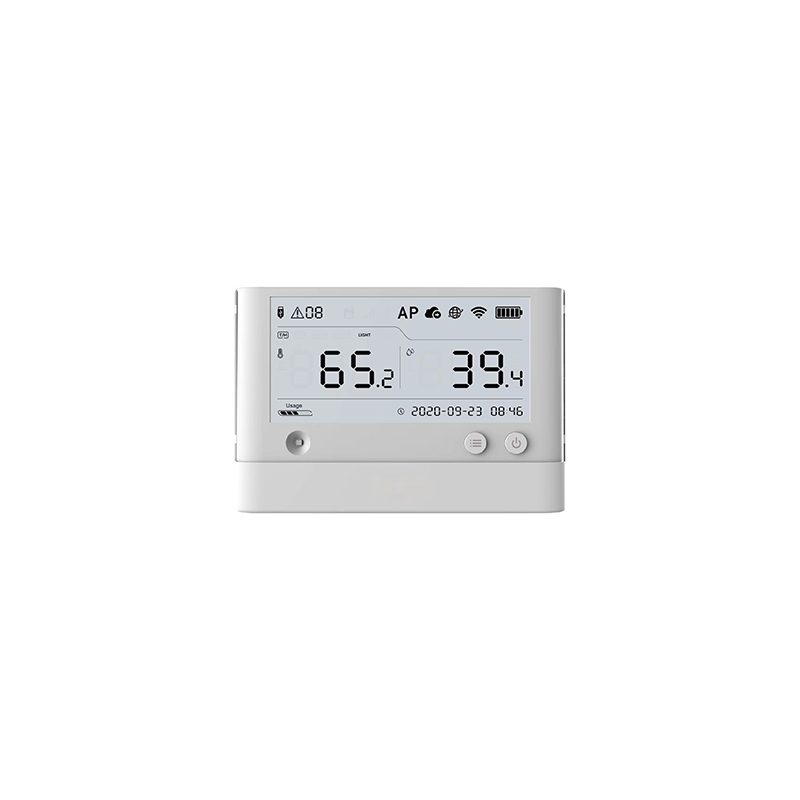
Finding the perfect 1.5 inch OLED display can be challenging given the variety of options available. This guide aims to simplify your search by providing a comprehensive overview of top contenders, their specifications, and their suitability for different applications.
Resolution directly impacts image clarity. Higher resolution translates to sharper images and more detail. Pixel density, measured in pixels per inch (PPI), also plays a crucial role. A higher PPI generally results in a crisper and more refined viewing experience. When selecting a 1.5 inch OLED display, consider the level of detail required for your specific application. For example, applications requiring intricate details, such as medical imaging or high-precision instrumentation, will benefit from higher resolution and PPI.
Brightness, measured in nits (cd/m2), determines how well the display performs in various lighting conditions. Higher brightness allows for better visibility in sunlight or brightly lit environments. Contrast ratio measures the difference between the brightest white and darkest black that the display can produce. A higher contrast ratio leads to richer blacks, deeper colors, and a more vibrant overall image. These factors are essential considerations for applications where readability and visual appeal are paramount. For outdoor applications, a higher brightness is critical for clear visibility, while applications requiring subtle color gradations benefit from a high contrast ratio.
Power consumption is a vital aspect, particularly for portable devices or applications where battery life is a concern. OLED displays are generally known for their relatively lower power consumption compared to other display technologies like LCD, especially when displaying dark or static content. However, the power consumption of a 1.5 inch OLED display still varies depending on factors like brightness and resolution. Carefully checking the power specifications is crucial for choosing the right display for energy-efficient applications.
The viewing angle determines how the image quality changes when viewed from different angles. OLED displays typically offer wide viewing angles, meaning the image remains consistent and clear even when viewed from the side. This is a significant advantage for applications where the display might be viewed from various positions.
While specific models change frequently, researching manufacturers like Dalian Eastern Display Co., Ltd. and others provides access to the latest information on specifications and availability. Always consult the manufacturer's website for the most up-to-date details.
| Model | Resolution | Brightness (nits) | Contrast Ratio |
|---|---|---|---|
| Model A (Example) | 240x240 | 300 | 1000:1 |
| Model B (Example) | 240x320 | 400 | 1200:1 |
| Model C (Example) | 128x128 | 250 | 800:1 |
Note: The above table is for illustrative purposes only. Specific models and specifications are subject to change. Always verify details with the manufacturer before purchasing.
The ideal 1.5 inch OLED display depends on your specific needs. Factors like budget, required resolution, brightness, and power consumption will all influence your decision. Carefully consider the features discussed above to make an informed choice.
Remember to check the latest offerings from various manufacturers for the most up-to-date information on 1.5 inch OLED displays. Thorough research and comparison are key to finding the perfect fit for your project.












